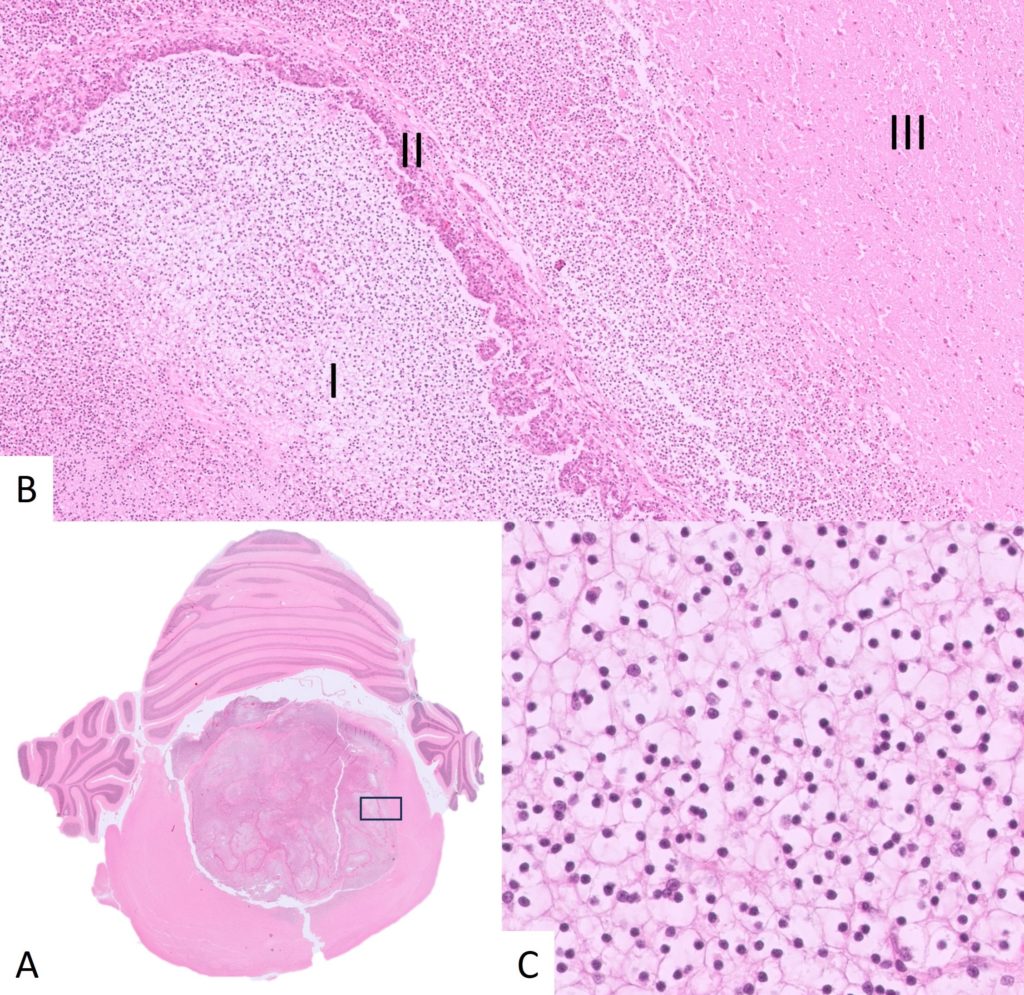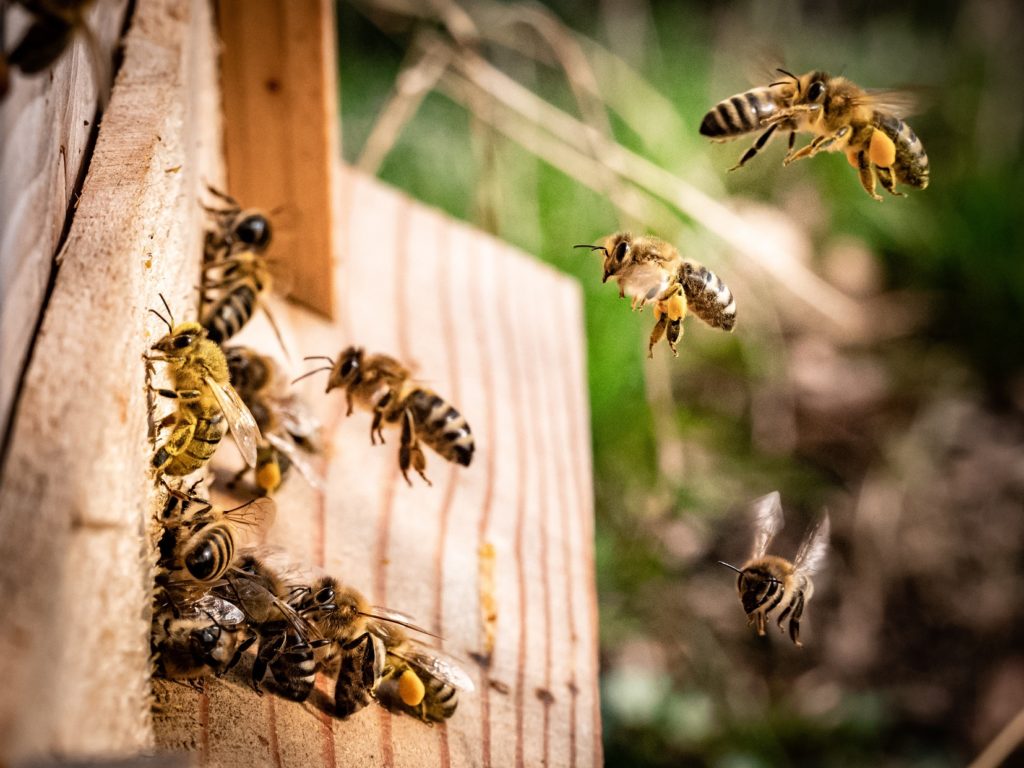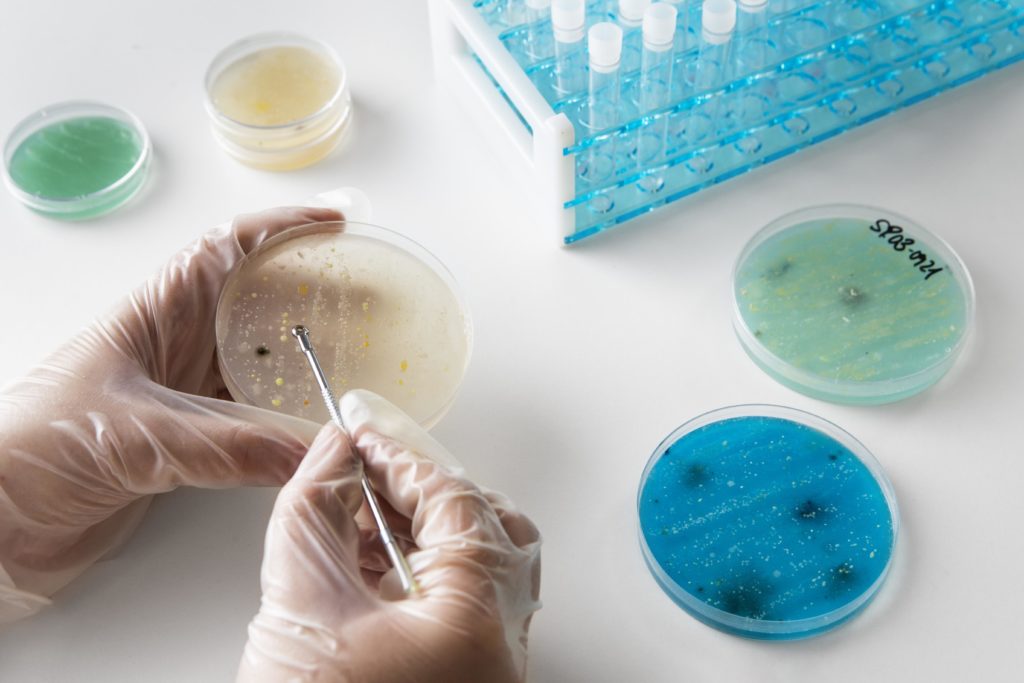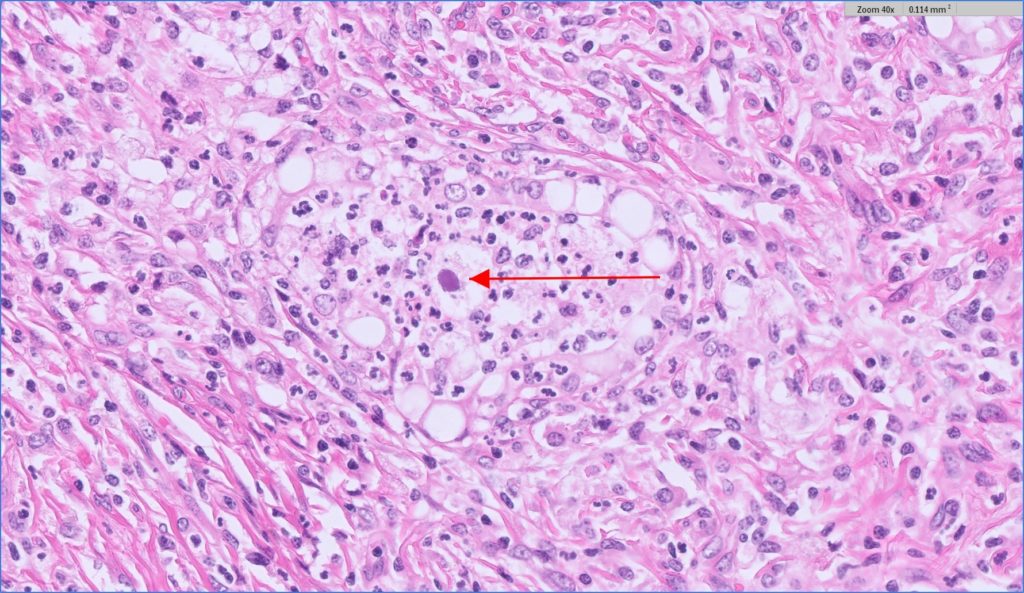Diagnosis of canine exocrine pancreatic insufficiency
Karen Bailey There has been a recent update to the interpretation guidelines for canine serum Trypsin-Like Immunoreactivity (TLI). TLI is the test of choice for Exocrine Pancreatic Insufficiency (EPI) in dogs. EPI occurs when there is inadequate synthesis and secretion of digestive enzymes by pancreatic acinar tissue, though clinical signs (polyphagia, weight loss, voluminous pale […]











